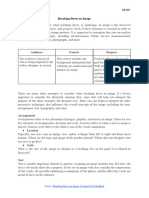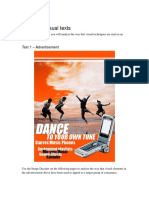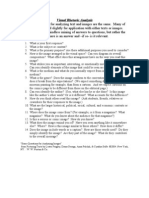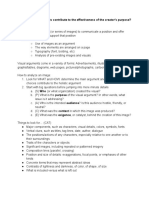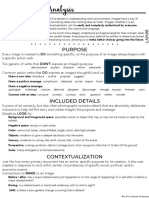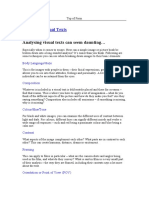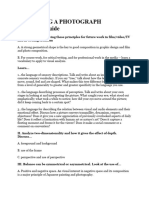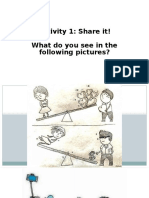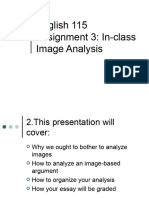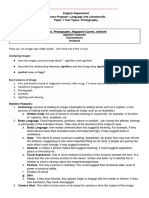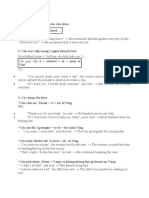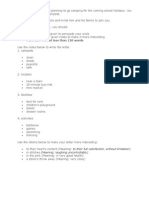0% found this document useful (0 votes)
168 views38 pagesANALYZING IMAGES GRADE 11 E and A
Uploaded by
ARSH CHOUDHARY [H]Copyright
© © All Rights Reserved
We take content rights seriously. If you suspect this is your content, claim it here.
Available Formats
Download as PDF, TXT or read online on Scribd
0% found this document useful (0 votes)
168 views38 pagesANALYZING IMAGES GRADE 11 E and A
Uploaded by
ARSH CHOUDHARY [H]Copyright
© © All Rights Reserved
We take content rights seriously. If you suspect this is your content, claim it here.
Available Formats
Download as PDF, TXT or read online on Scribd
/ 38













